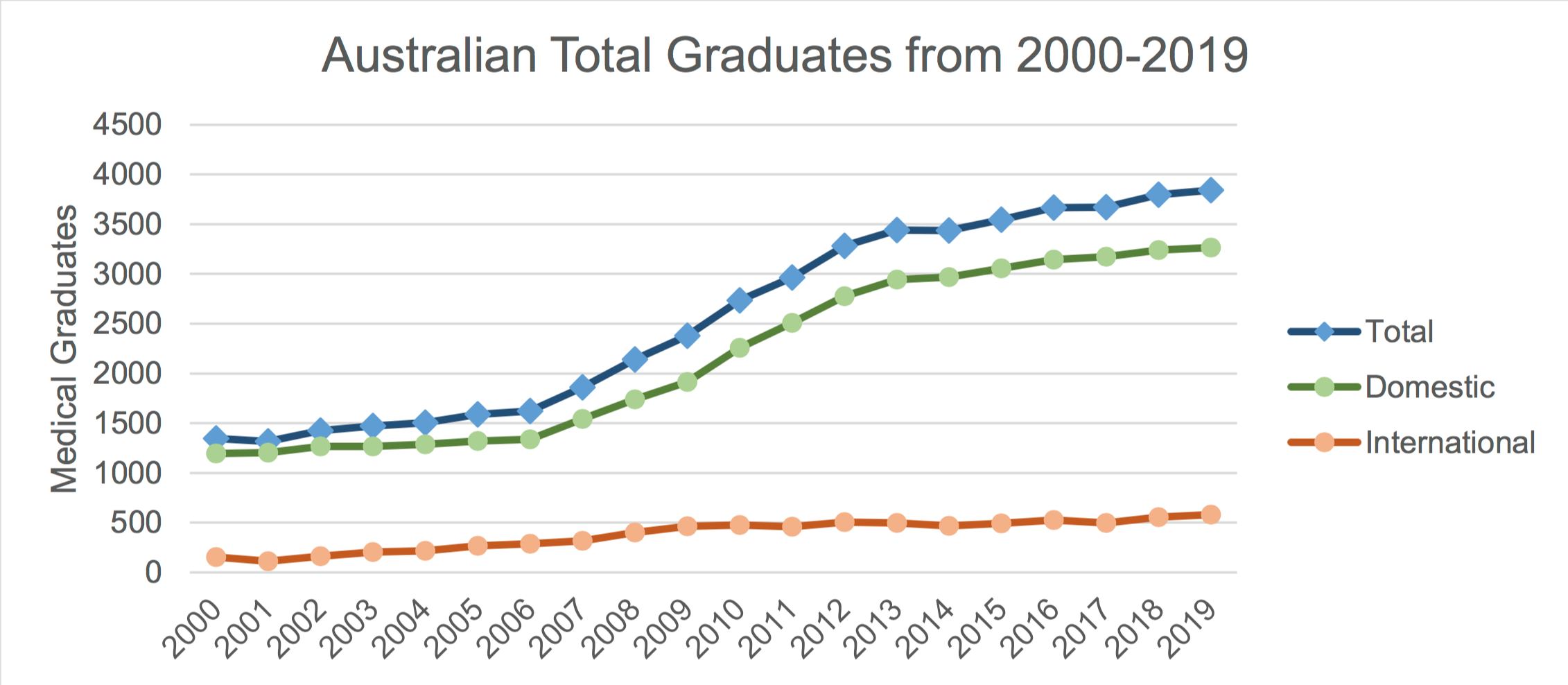Hundreds of international medical students have been unable to secure internships for 2017, says AMSA
Dozens of international medical students have been unable to secure internships for 2017 and domestic students could be affected next, the Australian Medical Students’ Association (AMSA) says.
There was a gap of 235 places between graduate numbers and internships available this year, although many of these graduates had no intention of finding an internship in Australia.
With the final rounds of offers closed and all placements in the Commonwealth Medical Internships (CMI) Initiative exhausted, these students will need to travel overseas or wait to complete their training.
“Essentially they can’t work as a doctor because you’re not eligible to work as a doctor [without an internship],” AMSA President Rob Thomas told The Medical Republic.
International medical students spend around $250,000 each on up to seven years of education. Some are required to return home for their internship, such as Singaporean students, but many hope to complete their training in Australia.
Mr Thomas said more than 80% of 300 international students surveyed by AMSA last year were interested in training or practising in rural and regional Australia, which could help address doctor shortages in those areas.

Source: Medical Deans Australia and New Zealand
No domestic students missed out on internships this year, due to priority placements, but Mr Thomas said AMSA projections suggested it “could be on the cards for future years”.
“Medical graduate numbers have more than doubled in the past 10 years, but internship and vocational training positions have not caught up to meet this oversupply,” he said.
The number of medical graduates increased from 2,139 in 2008 to around 3,650 last year.
Mr Thomas said the system was “cracking under the pressure of our current graduates” and that was “unfair” for politicians and universities to continue to call for new medical schools.
Carmel Tebbutt, the CEO of Medical Deans Australia and New Zealand, said the number of medical graduates was starting to plateau.
“What we are seeing now is the final feeding through of those big increases in graduates that took place really from about 2005 though to about 2012,” Ms Tebbutt told TMR.
“I would expect if they could accommodate all of the [Australian] interns now, they will continue to be able to do that. But it will be a challenge.”
AMSA is pushing for more internships that include rotations in general practice.
“Internships should have hospital rotations, but we believe that they can be shared between multiple settings,” Mr Thomas said.
The broadening of internships settings was recommended by the 2015 Medical Intern Review and is supported by the Medical Deans Australia and New Zealand.
The Commonwealth government also committed to funding the CMI Initiative until 2020 in last year’s budget, which will provide an additional 100 placements per year.


